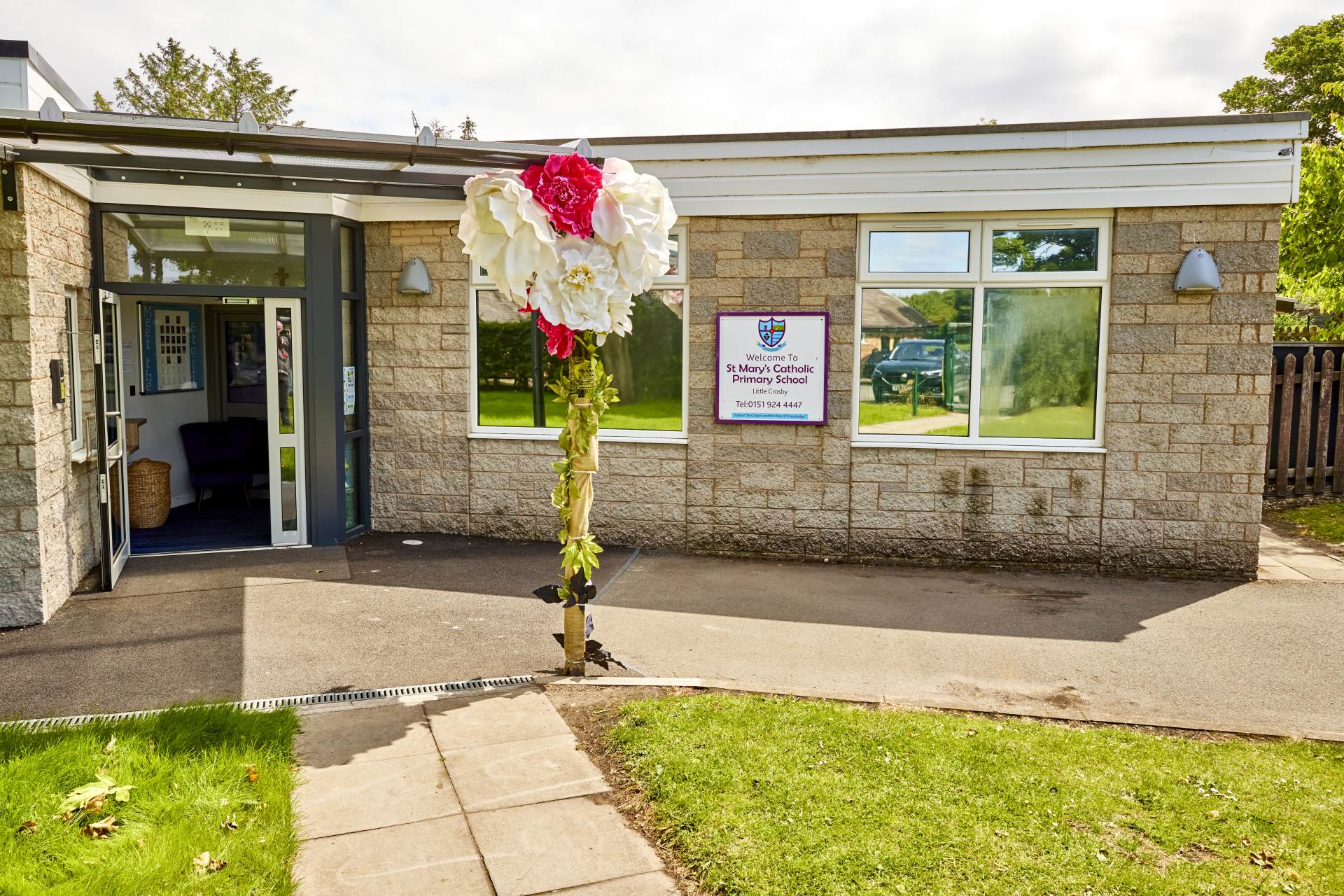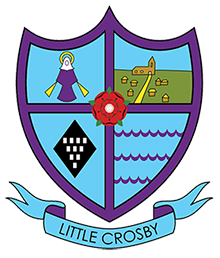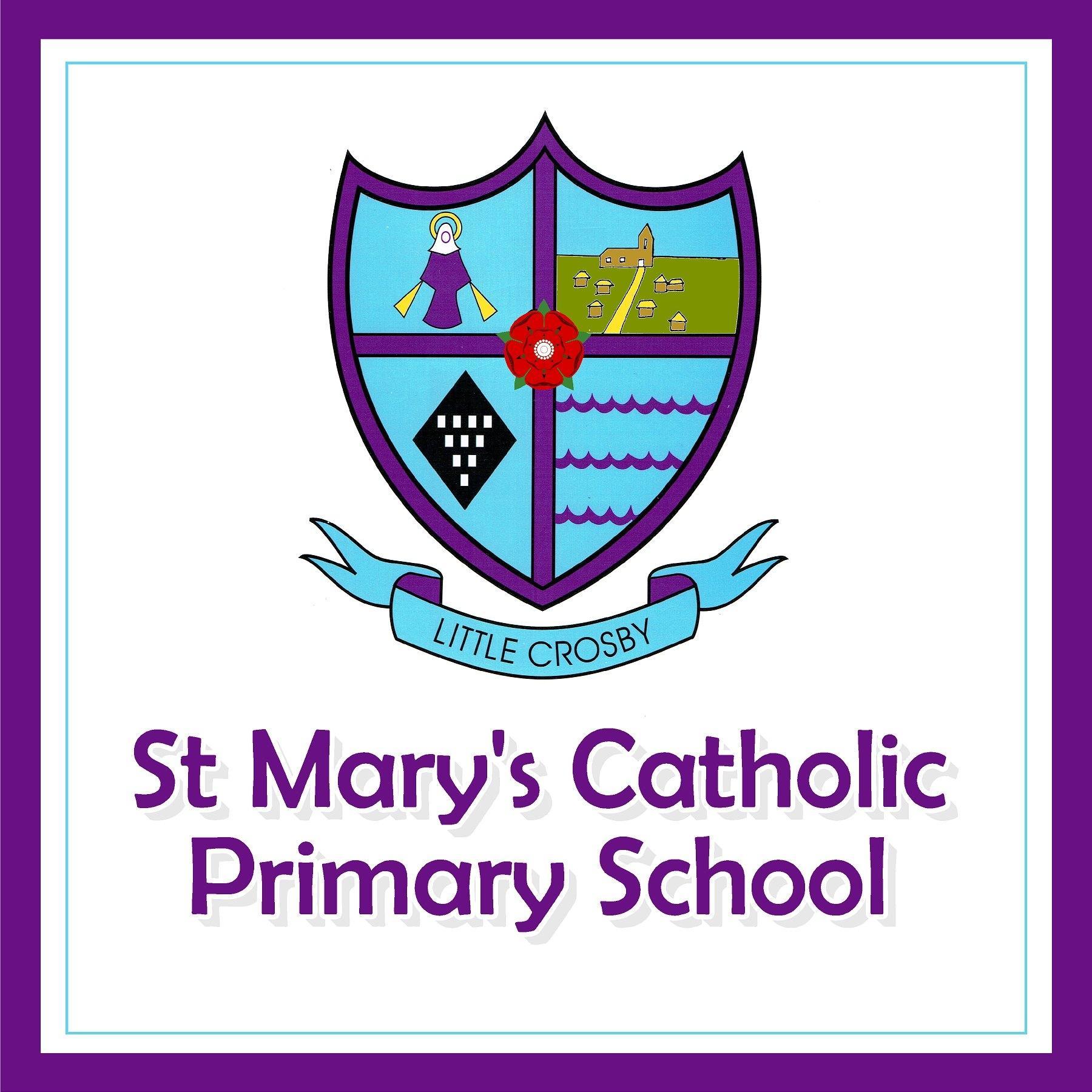About Us
Welcome to the website of St. Mary's Catholic Primary School in Little Crosby. 'In God's light, we love, learn and grow together'. We aim for all children to be nurtured and achieve their full potential within a respectful community based on Gospel values.
Headteacher: Mrs K Scott
Chair of Governors: Mr D Corbett
About Our School
St. Mary’s is a mixed, voluntary-aided Catholic primary day school.
It is a small, rural primary school with four classes – two Infant and two Junior.
The school is situated in the beautiful village of Little Crosby and has strong links with the local community. The village is the base for a number of local farmers and various other creative enterprises.
The school is unique in Sefton – a genuine rural school just a short drive from Crosby town centre. The school has a very successful academic record and aims to provide an excellent education set in the heart of a scenic landscape.

History of the School
The school was founded in the nineteenth century by an ancestor of Mr. Blundell, the owner of Crosby Hall. The Blundell history reaches back to Norman times and the family led the local Catholic population through England’s troubled religious history, helping the Catholic faith to survive locally.
The first school to accommodate the children of Little Crosby and Hightown was built and furnished by the Squire William Blundell and was opened in 1843. The original school is now a private house and is known as Boundary Cottage.
When St. Mary’s Church was built in 1847 there was no longer need for West Lane House (now a private house) to serve as the village church. So Mr. Nicholas Blundell, who had succeeded his father as Squire, decided to use it for school purposes. He invited the Sisters of Charity of St. Vincent de Paul to run the school and three sisters were sent for that purpose. On Monday, June 6th 1859, the school opened with seventy-five boys and girls from Hightown, Thornton and Little Crosby.
The present school building dates from 1963 and was further extended in 2002, 2008 and 2013. The setting is rural and picturesque, on the western edge of what was formerly Lancashire.

